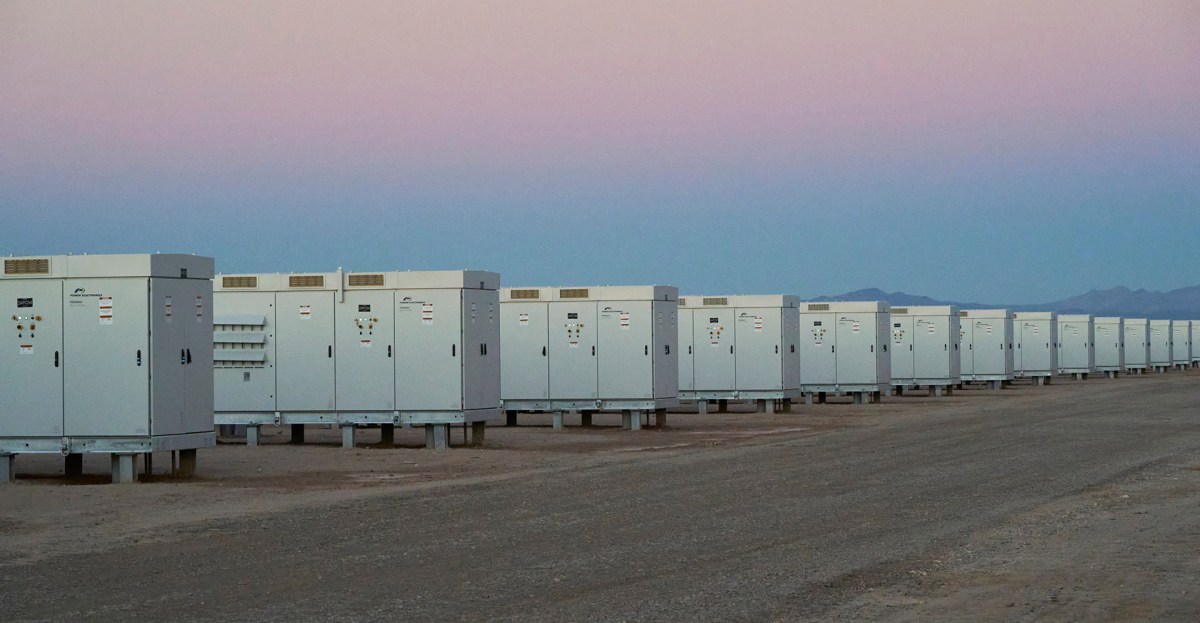Now Reading: We’ve unlocked a holy grail in clean energy. It’s only the beginning.
-
01
We’ve unlocked a holy grail in clean energy. It’s only the beginning.
We’ve unlocked a holy grail in clean energy. It’s only the beginning.

Generating electricity is a challenge because it must be used promptly. This fact shapes the development of the US power grid, a massive machine valued at $2 trillion. The grid entails large generators that distribute electrons across a vast network to ensure that every device functions almost all the time. The balancing act between supply and demand is crucial, especially during peak times when energy consumption spikes. The emergence of grid-scale energy storage, particularly lithium-ion batteries, has revolutionized the industry. The US has witnessed a significant increase in battery capacity, surpassing pumped hydro capacity. The shift towards energy storage is essential for decarbonizing the grid and ensuring its stability and reliability.
The growth of battery storage is attributed to technological advancements, cost reductions, and regulatory changes. Lithium-ion batteries have become more affordable and efficient, catalyzing their widespread adoption. The integration of wind and solar energy sources has further propelled the demand for batteries to stabilize power grids. These batteries offer various benefits, including frequency response, reserve power, and load balancing, contributing to a cleaner and more resilient grid. Additionally, they complement traditional power plants, optimizing their efficiency and reducing greenhouse gas emissions.
Despite the progress in battery technology, challenges remain, such as the need for long-term storage solutions and uncertainties surrounding trade policies. The US government’s investments in energy storage infrastructure aim to bolster domestic production and reduce reliance on foreign markets. The transition to cleaner energy sources and the expansion of energy storage capacity are critical for enhancing the grid’s flexibility and sustainability in the future.



